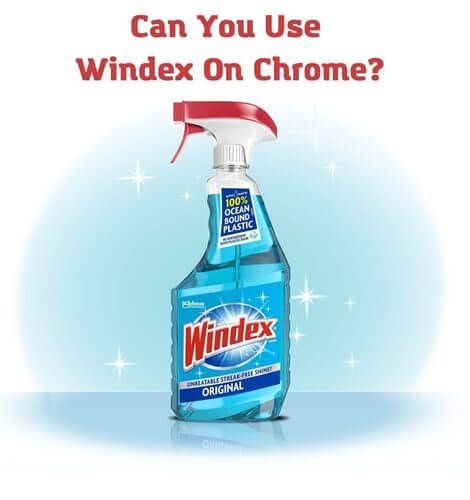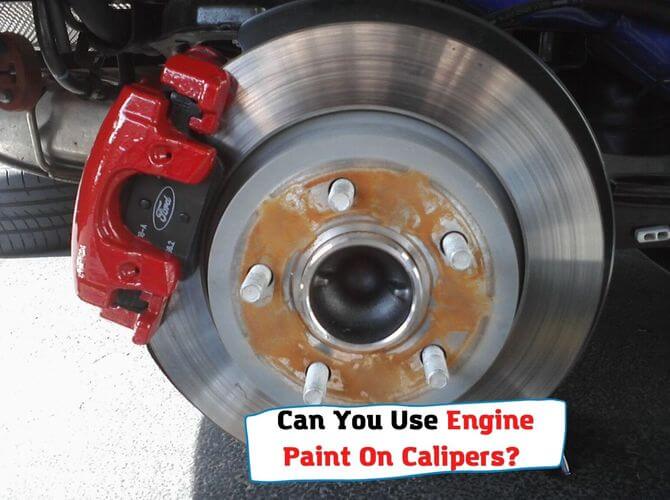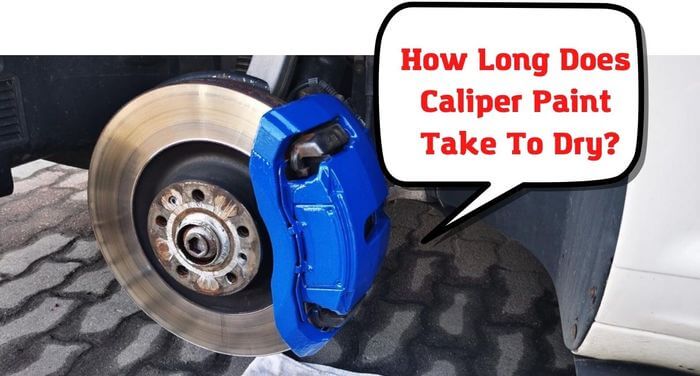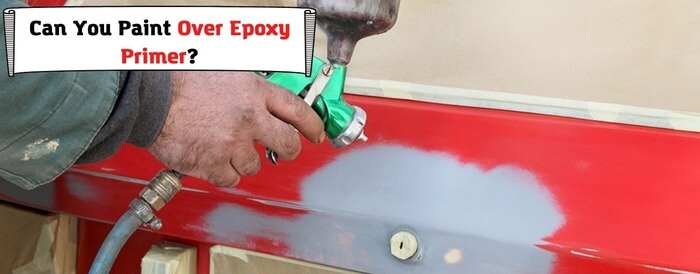There is a lot of confusion about 2k primers and how best to use them. This problem is further complicated by the different types of 2k primer products on the market and how these primer products can be used to achieve the perfect paint job.
Understandably, a 2k primer can and, in fact, should be used when spraying on bare metal or a paint job that has been stripped down for a total redo. But what about when it is to be sprayed on an existing paint? Hence the question: Will 2k primer over old paint work out?
This article answers that question. It also discusses other related concerns about 2k primers and how best to use them.
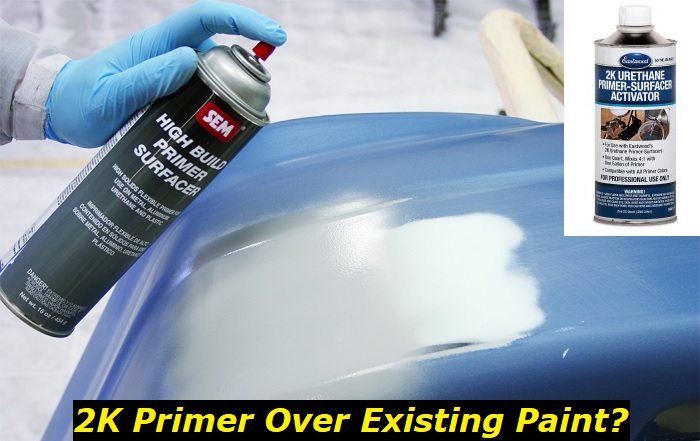
What is a 2k Primer?
As you enter the auto body work industry, you will keep hearing about 2k products. It could be a little confusing. But here is what 2k is all about.
A 2k primer means that the primer is a two-part combination. It is usually a primer and a hardener that you have to add to the primer. The hardener usually goes by different names, but it does the same thing. Many auto paint technicians may refer to it as an activator. Others call it the catalyst. There are many names, but the product simply does the job of a hardener.
That is essentially what 2k primer means; that there are two things you need to mix before use. The same goes for 2k paints, which are a combination of paint and a reducer. The manufacturer usually recommends a mix ratio. So, you are going to mix the ratio as recommended by the manufacturer before you spray it on the car.
You cannot use 2k products on their own. They must be mixed with the second part as recommended by the manufacturer. So that’s what 2k products are all about.
Understanding the confusion about 2k Primers
Primers are often encountered as a misunderstood term in the auto spray and painting industry. There are a number of reasons for this confusion, but the most conspicuous reason is that there are different primers for different purposes.
For instance, the Eastward 2k Urethane primer is designed for use after the application of epoxy. It can also be sprayed over surfaces that have been properly prepared, body fillers, and even on bare substrates.
The 2k urethane primer is designed to dry extremely fast. You can even touch it about 15 minutes after application as it dries pretty fast. More importantly, it is dry to sand in no more than 4 hours after application on the surface.
The 2k urethane primer also has a great color holdout. What this means for your paint job is that you will get great absorption from your ground coat. Remember that a great absorption from your ground coat means a great barrier for your top coat.
Commonly used in the paint industry, 2k urethane primer is usually sprayed on top of bare metal. But many paint technicians prefer to spray their 2k primer over an epoxy layer which they spray on the bare metal first.
They then accompany the epoxy with a high bill of 2k for great stacking and blocking. Paint technicians do this for stacking and blocking, especially when they want perfectly straight panels.
There are many other 2k primers on the market, each with its peculiarity and best ways to use them. For instance, the 2k epoxy primer is another great option on the market. It is a filler for problematic paint surfaces such as metals, galvanized steel sheets, and even anodized aluminum.
2k Primer Over Old Paint – Will It Work?
Will a 2k primer work over old paint, or do you have to sand it down to the primer? Yes, it will work. But applying a primer over an old paint job is usually unnecessary.
You will only want to apply a primer over an old paint job if the existing paint job has surface imperfections. You can apply the 2k primer over the old paint to cover the surface imperfection.
So, if you have a car with an existing paint job, you can go ahead and paint over the old paint job is solid and shows no sign of weakness. But you want to take the time to prepare the surface and paint on top of it. You can use a 2k primer.
However, if the existing paint job shows signs of cracking, checking, and even delamination, it would be best to start again. You want to strip it down to build a foundation you can trust.
It is important to understand that some 2k primer products shrink. Whether you are spraying your 2k primer over an old paint job or you have stripped the old paint job to bare metal, you want to try to make sure that the 2k primer is done shrinking before you move on to apply any paint coats on it.
You do not want the 2k primer changing size underneath your paint as you spray your paint. You also do not want your paint to shrink and change its size underneath your clear coat.
How do you know when to spray over your 2k primer to avoid shrinkage under your paint? You want to look at the technical data sheet that accompanies it. When you buy your 2k primer, it should come with a technical data sheet.
If your paint supplier does not have the technical data sheet, you can go on the internet to look for the technical data sheet of your 2k primer. This will help you understand how best to use the product.
One of the things you want to look for in the technical data sheet is the minimum dry time for the 2k primer product you are using. Some have a minimum dry time of eight hours. Others have less. You want to look at the tech data sheet to know what you are dealing with.
Assuming you are working with a 2k primer that has a minimum time of 8 hours, it would ideally be dry to the touch. After touching it and seeing it dry, you might be tempted to think it is ready to go. This is a mistake that many new paint technicians make. It is not ready to go because you have not waited for the minimum dry time, which is 8 hours in this instance.
You ought to wait 8 hours minimum because the manufacturer wants it to finish drying before you apply any top coat on it. Otherwise, it will shrink under your clear coat.
So, you want to follow the tech data to get a good priming result.
Some Tips to Ensure It Works
Usually, a 2k primer is not needed unless the existing paint job has some blemish or imperfection. If this is the case, then you can use a 2k primer over the existing paint to cover the imperfections before spraying your top coating. The primer will seal the repaired surface to create a smooth and protected surface on which you can apply the paint.
- When using a 2k primer over the existing paint, you want to ensure that you prep the surface well before you spray the primer.
- When mixing, ensure that there is no impurity in the container, as this will lead to poor bonding. You also want to refer to the technical data sheet to know the right ratio to use. The usual ratio is 3:1 or 4:1 with a well-matched hardener. But it would be best to resort to the technical data sheet to avoid mistakes.
- A trick to ensure stable flow with the spray gun is to add a small amount of thinner. Many experienced paint technicians usually add about 5-10% thinners using the 5% interval marking on the mixing stick to measure. It is important to stir all three ingredients well until they are perfectly combined before pouring them into the paint gun.
- Using a filter when pouring into the paint gun is also important, as this will remove any lump from the mix.
Final Thoughts
Painting over existing paint may be an option you want to explore. But it is important to understand that 2k primers are a better option to use when there is a blemish on the existing paint job.
If the paint job does not have imperfections that should be sealed and covered, then there is no need to use a 2k primer over it. You would only need to prepare it for the top coats.
You could spray sand the clear coat and cover it with another clear coat, but it is very likely that it will not come out right. The proper way to prep it would be to sand it, cover it with some base coat, and finish it off with the clear coat of your choice.
On the contrary, however, if the existing paint has some blemish, there is a need to sand and apply a 2k primer to cover the imperfections before applying a base and a clear coat.
- Can You Unmix Paint: Techniques, Consequences, Alternatives - February 23, 2024
- Does Primer Need to be Mixed? Effective Primer Application - February 22, 2024
- How to Make Old Paint Usable Again: Retrieving and Preserving Paint - February 21, 2024
